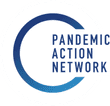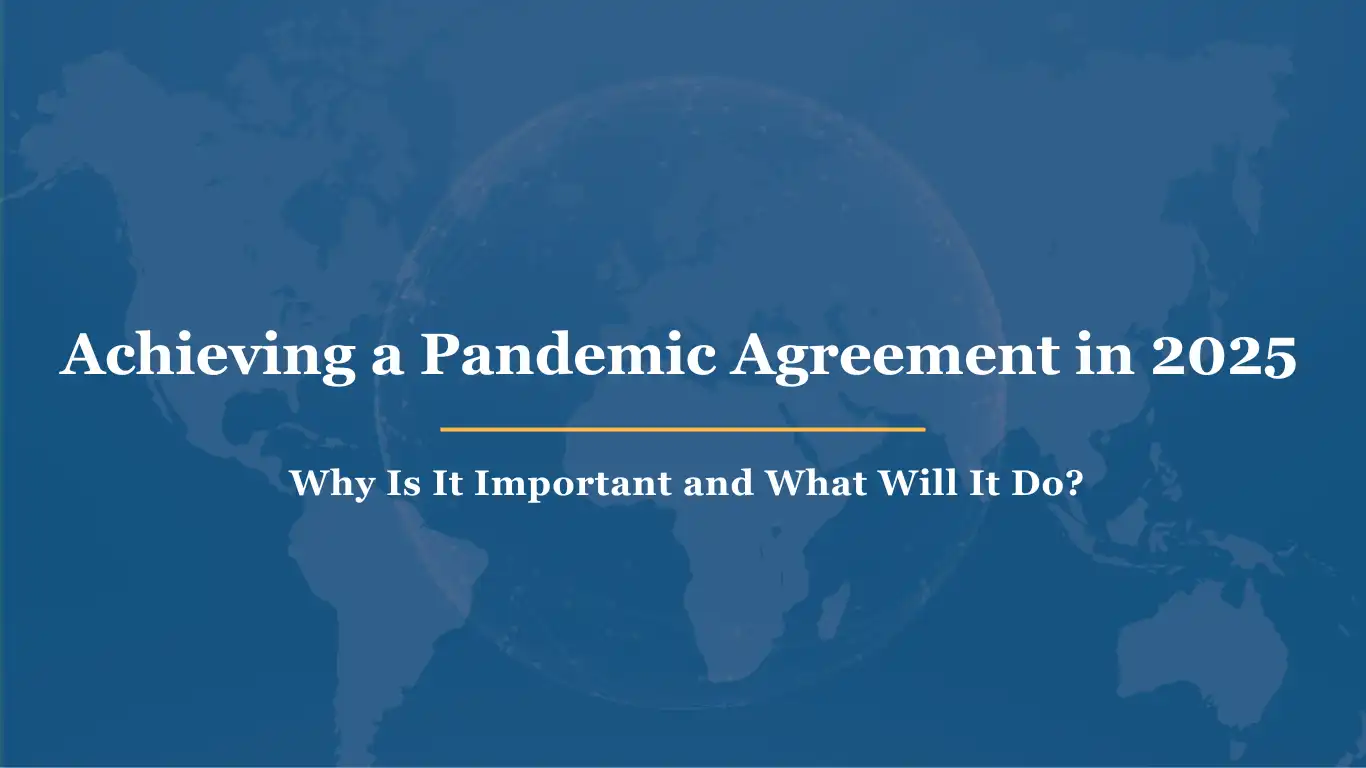The forthcoming pandemic agreement negotiations (INB13) could prove to be a pivotal moment in the fight against future pandemic threats. Countries have the opportunity to forge better cooperation and coordination, implementing some of the lessons learned from the disjointed response to COVID-19. Since the negotiating body last gathered, we have seen further spread of mpox and H5N1, and new outbreaks of the Sudan Ebola and Marburg viruses. Any one of these threats risks spreading further without strong and decisive leadership and action. WHO Member States have the opportunity to make 2025 a turning point in the fight to end the era of pandemic threats.
Why is securing a pandemic agreement in 2025 important and what will it do?
There is currently no mechanism to align political leadership or coordinate action before, during, or after a health emergency or pandemic. A pandemic agreement can help fill this gap and act on lessons from previous pandemics and health emergencies. There is around a 1 in 4 chance that another outbreak on the magnitude of COVID-19 will occur within the next 10 years — and a 1 in 2 chance in the next 25 years. Lack of clear, high-level leadership, accountability for action, and a coordinating platform for response, have been cited by WHO and Independent Panel for Pandemic Preparedness and Response expert reviews as key lessons from the COVID pandemic. During COVID-19, the hoarding of vaccines by high-income countries prolonged and worsened the pandemic, leading to nearly twice as many deaths than if vaccines had been equitably shared globally. Crucially, the pandemic agreement respects and upholds all national laws and does not infringe on national sovereignty. All elements of the agreement incorporate flexibility and require Member State agreement, allowing countries that want to go further and faster to do so.
The pandemic agreement provides a framework for member states to:
- Create a mechanism that removes supply chains and logistics barriers for pandemics — a Global Supply Chain and Logistics Network that will work with all Member States to encourage the removal of such barriers both during and in between pandemics.
- Link public R&D funds to ensure equitable access globally to countermeasures such as tests, treatments, vaccines, and PPE.
- Develop national policies that encourage the disclosure of equitable access provisions, to help hold entities that leverage publicly-funded R&D accountable for equitable access, effectively encouraging pharmaceutical companies to act responsibly during pandemics, while understanding the critical role of publicly-funded R&D.
- Establish a multilateral mechanism for cooperation on pathogen data sharing, linking pathogen information access to the sharing of the resulting medical countermeasures.
- Conduct representative clinical trials to help ensure any new pandemic-related countermeasures are appropriate and safe for all populations, keeping everyone safer.
- Share pandemic-related vaccines, therapeutics, and diagnostics for use as comparator products in clinical trials of new pandemic-related countermeasures to compare the efficacy of different technologies.
- Ensure transparency in clinical trials protocols and outcomes to enable access to R&D information and help researchers learn from past and existing work to fuel their research.
- Establish a standing Conference of Parties (a “COP for pandemics”) for countries to come together with a regular stock-taking to assess progress and take new action.
It’s time for Member States to agree to a historic pandemic agreement and demonstrate the solidarity essential to keep us all safer. It’s time to get it done.

